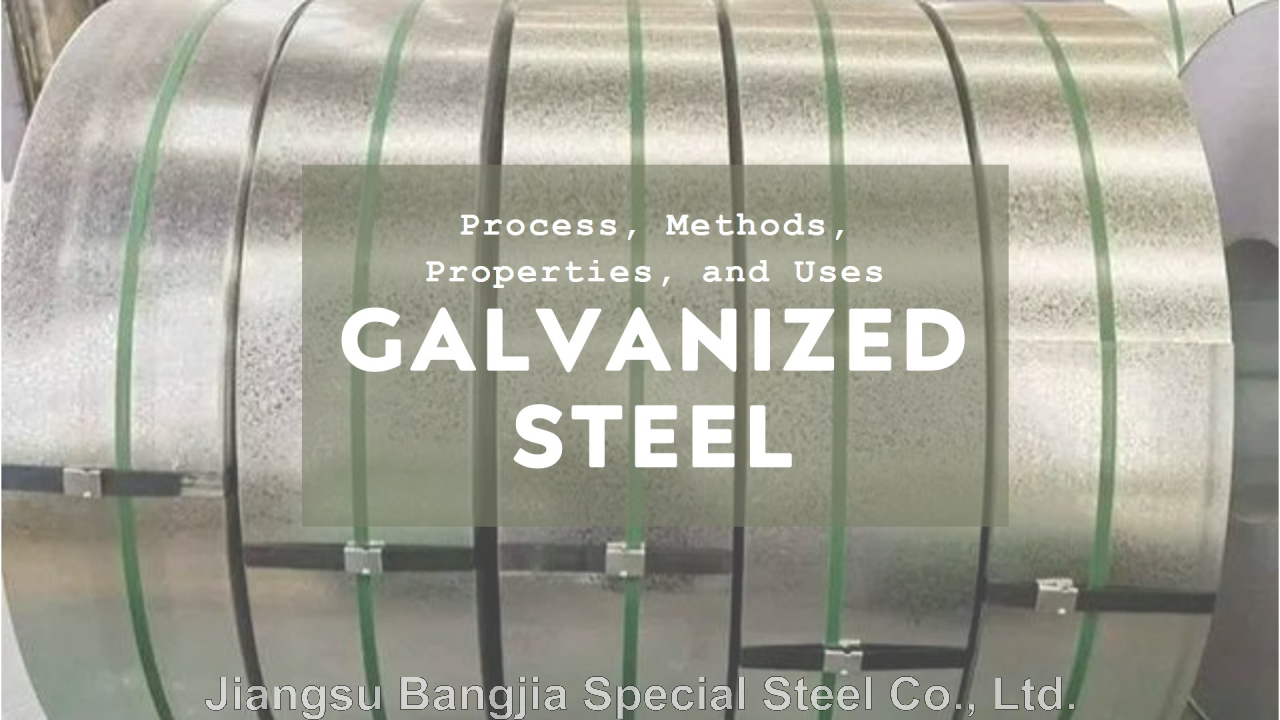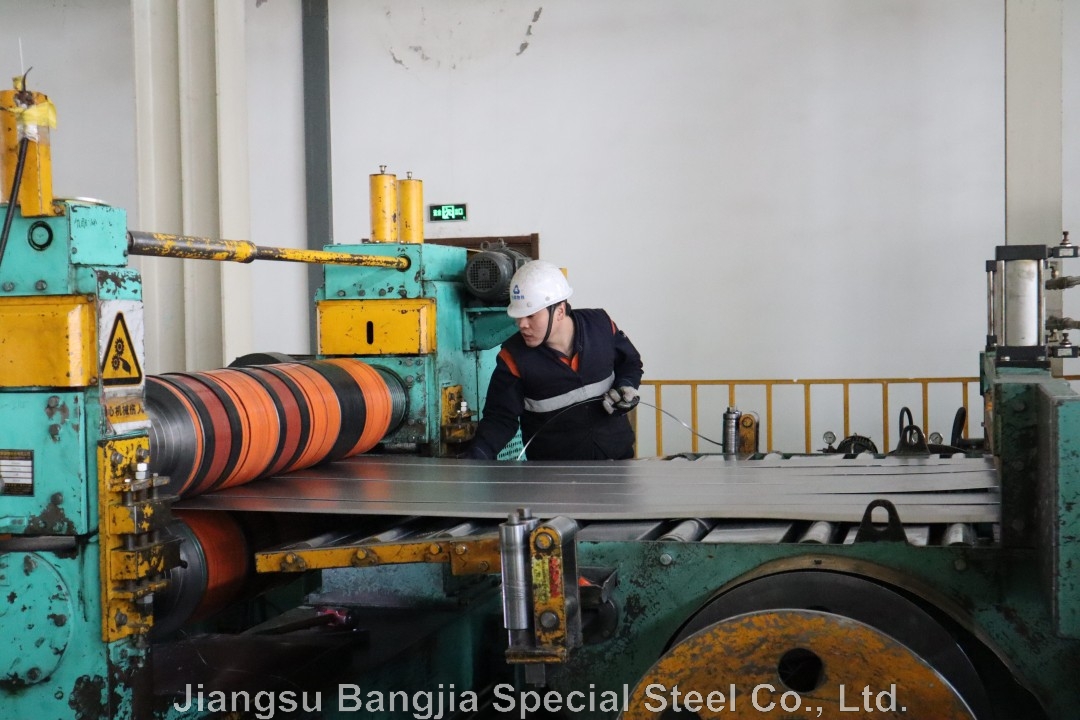NEWS

Electropolishing enhances the corrosion resistance, luster and smoothness of many metals, especially 300 series stainless steel. Equally good results can be obtained on 400 and precipitation hardened series, Inconel, Hastelloy and other nickel-based alloys.
Corrosion Resistance: Electropolishing produces a uniform metal surface by effectively removing impurities. Furthermore, high chromium-to-iron oxide ratios can be achieved, which is particularly important in UHP applications, as discussed in a separate section. As a result, the inherent corrosion resistance of such alloys like stainless steel is greatly improved. Salt spray tests have proven that electropolished parts are 4 to 5 times more corrosion resistant than untreated parts.
Microfinish: The normal electrolytic polishing process improves microfinishing by 2 times, that is, 50 Ra is reduced to 25 Ra. This can be further reduced through special handling. The smoothness obtainable has many applications: where friction reduction and non-wear are requirements such as in gear and valve production; release properties are required within vessels or tubes; or where heat and light reflectivity are a factor.
Appearance: Electropolishing is widely used to enhance the appearance of products. No other surface treatment can provide such a bright effect and eliminate or minimize defects such as stains, heat discoloration, weld marks and minor scratches.
Preparation of surfaces: As a pretreatment for further processing, such as welding, electroplating or anodizing, electropolishing is used to remove surface contamination generated during the manufacturing process, leaving a smooth, chemically clean surface with excellent adhesion qualities.
Deburring: Some parts are too heavy or brittle to tumble, or have complex shapes and deep depressions that are difficult to mechanically deburr. Electropolishing is the best way to solve this type of deburring problem and is often less expensive than other methods.
Cleanliness: Electropolished surfaces are stain-resistant and antimicrobial to meet the strict cleaning standards of the food processing, medical device and chemical industries.
Durability: Cracks and other surface imperfections act as stress concentration sites, and when removed by electropolishing, the fatigue strength of the metal is improved. This applies particularly to springs, where testing has shown that fatigue life increases significantly after treatment.
Micronization: Metal removal typically ranges from 0.000050 inches to 0.002 inches, and electropolishing can be used as a method to refine part dimensions to tolerances within 0.0001 inches. Although the removal rate is generally the same on all surfaces, selective removal is possible with appropriate techniques. Electropolishing is ideal for machining parts to produce uniform dimensions or weight.
Inspection: Machining operations often coat metal surfaces, giving them a smooth appearance that will eventually deteriorate. Electropolishing reveals the true microstructure of the metal, making it an effective inspection tool.
Lina
Eamil: lina@jsbjtg.com
WhatsApp/Wechat: +86 13382250456
#polishedsteel # electropolishing #polishmethod #polishedsheet #polishedpipe #polishedbar
Chat Online
By clicking 'Allow All', you agree to the storage of cookies on your device to enhance site navigation, analyze site usage and assist with our marketing efforts. Coo Cookie Notice






